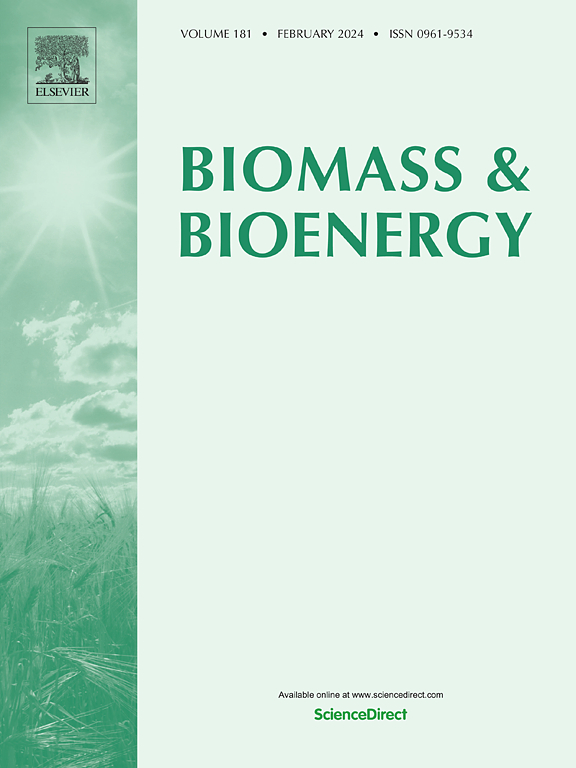The depth-dependent study of microalgae growth under continuous culture conditions at different depths was considered
IF 5.8
2区 生物学
Q1 AGRICULTURAL ENGINEERING
引用次数: 0
Abstract
With the extensive use of traditional energy, the structure of human energy consumption needs to be adjusted. Microalgae is a promising clean energy source, and growth model simulation is an effective method to predict the yield of large-scale microalgae culture and improve the production efficiency of microalgae. In this study, the effects of different artificial bioreactor depths on microalgae production were studied in depth by using numerical simulation, using and verifying the growth model of microalgae. Through research, it was found that when the depth of artificial bioreactor was shallow, the maximum microalgae production per unit volume was usually at the place where the initial inorganic nitrogen concentration was maximum, and when the depth was deeper, with the increase of the depth, The initial inorganic nitrogen concentration corresponding to the maximum yield of microalgae per unit volume is decreasing. It is suggested that the dilution rate of the culture medium can be controlled in the range of 0 to 0.005 d−1 to obtain better production results, which can be used to guide the practice of microalgae production.
考虑了微藻在不同深度连续培养条件下生长的深度依赖性研究
随着传统能源的广泛使用,人类能源消费结构需要调整。微藻是一种前景广阔的清洁能源,生长模型模拟是预测微藻大规模培养产量、提高微藻生产效率的有效方法。本研究采用数值模拟的方法,利用并验证了微藻生长模型,深入研究了不同人工生物反应器深度对微藻产量的影响。通过研究发现,当人工生物反应器深度较浅时,单位体积微藻产量的最大值通常出现在初始无机氮浓度最大的地方,而当深度较深时,随着深度的增加,单位体积微藻产量最大值所对应的初始无机氮浓度呈下降趋势。建议将培养基稀释率控制在0 ~ 0.005 d−1范围内,可获得较好的生产效果,可用于指导微藻生产实践。
本文章由计算机程序翻译,如有差异,请以英文原文为准。
求助全文
约1分钟内获得全文
求助全文
来源期刊

Biomass & Bioenergy
工程技术-能源与燃料
CiteScore
11.50
自引率
3.30%
发文量
258
审稿时长
60 days
期刊介绍:
Biomass & Bioenergy is an international journal publishing original research papers and short communications, review articles and case studies on biological resources, chemical and biological processes, and biomass products for new renewable sources of energy and materials.
The scope of the journal extends to the environmental, management and economic aspects of biomass and bioenergy.
Key areas covered by the journal:
• Biomass: sources, energy crop production processes, genetic improvements, composition. Please note that research on these biomass subjects must be linked directly to bioenergy generation.
• Biological Residues: residues/rests from agricultural production, forestry and plantations (palm, sugar etc), processing industries, and municipal sources (MSW). Papers on the use of biomass residues through innovative processes/technological novelty and/or consideration of feedstock/system sustainability (or unsustainability) are welcomed. However waste treatment processes and pollution control or mitigation which are only tangentially related to bioenergy are not in the scope of the journal, as they are more suited to publications in the environmental arena. Papers that describe conventional waste streams (ie well described in existing literature) that do not empirically address ''new'' added value from the process are not suitable for submission to the journal.
• Bioenergy Processes: fermentations, thermochemical conversions, liquid and gaseous fuels, and petrochemical substitutes
• Bioenergy Utilization: direct combustion, gasification, electricity production, chemical processes, and by-product remediation
• Biomass and the Environment: carbon cycle, the net energy efficiency of bioenergy systems, assessment of sustainability, and biodiversity issues.
 求助内容:
求助内容: 应助结果提醒方式:
应助结果提醒方式:


